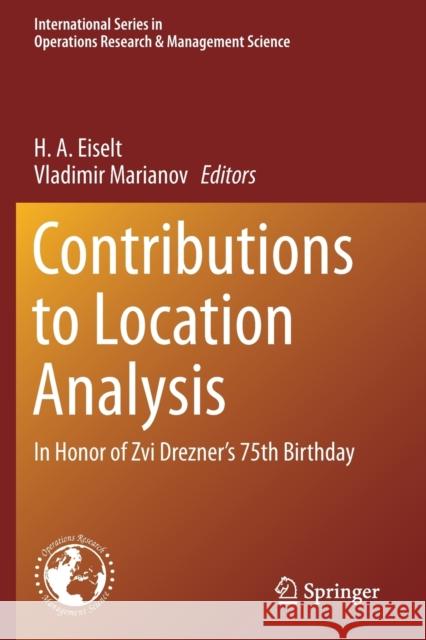Contributions to Location Analysis: In Honor of Zvi Drezner's 75th Birthday » książka
topmenu
Contributions to Location Analysis: In Honor of Zvi Drezner's 75th Birthday
ISBN-13: 9783030191139 / Angielski / Miękka / 2020 / 370 str.
Contributions to Location Analysis: In Honor of Zvi Drezner's 75th Birthday
ISBN-13: 9783030191139 / Angielski / Miękka / 2020 / 370 str.
cena 403,47
(netto: 384,26 VAT: 5%)
Najniższa cena z 30 dni: 385,52
(netto: 384,26 VAT: 5%)
Najniższa cena z 30 dni: 385,52
Termin realizacji zamówienia:
ok. 22 dni roboczych.
ok. 22 dni roboczych.
Darmowa dostawa!
Kategorie:
Kategorie BISAC:
Wydawca:
Springer
Seria wydawnicza:
Język:
Angielski
ISBN-13:
9783030191139
Rok wydania:
2020
Wydanie:
2019
Numer serii:
000904291
Ilość stron:
370
Waga:
0.53 kg
Wymiary:
23.39 x 15.6 x 2.01
Oprawa:
Miękka
Wolumenów:
01
Dodatkowe informacje:
Wydanie ilustrowane











